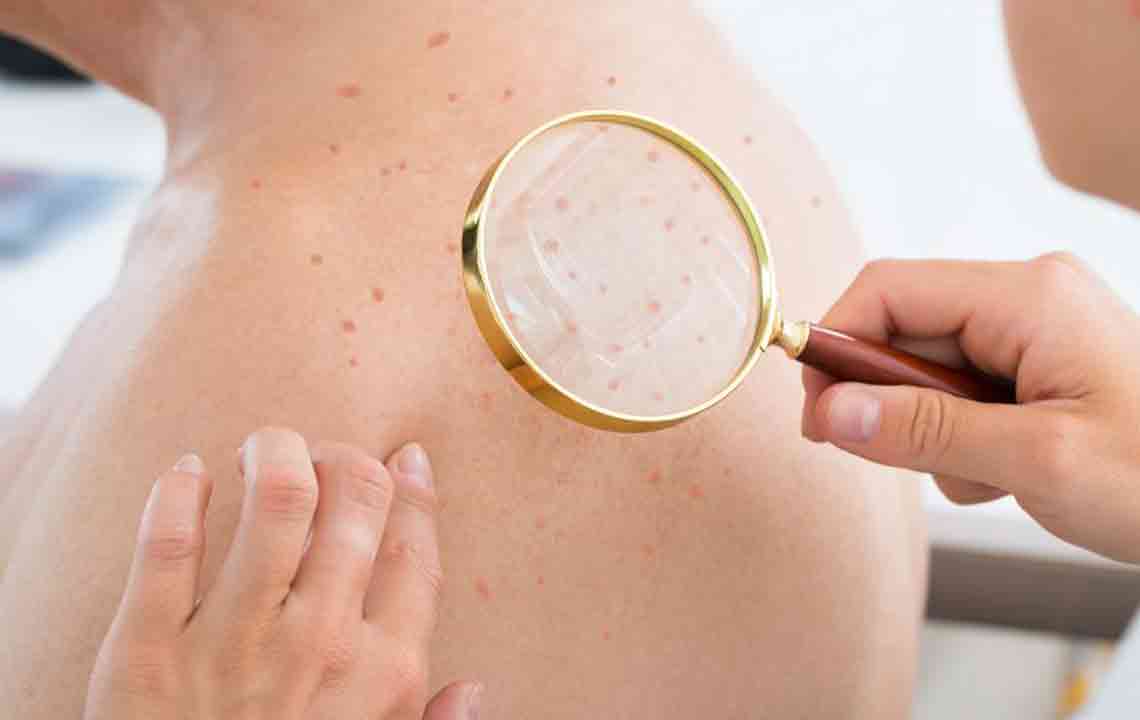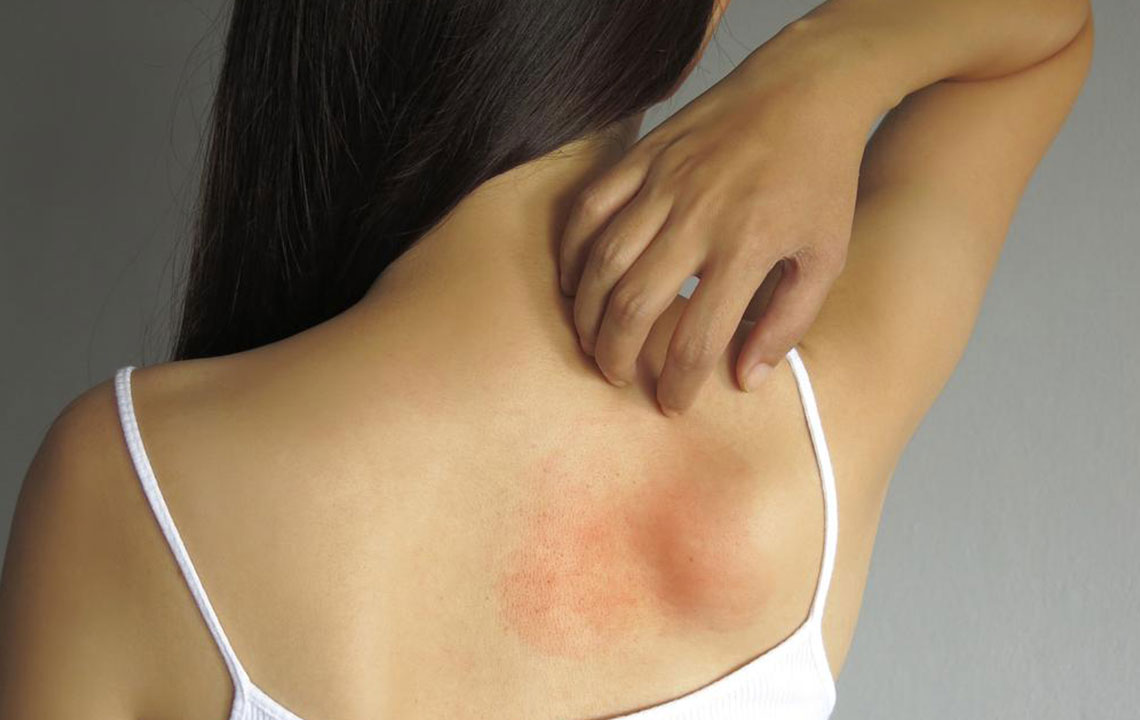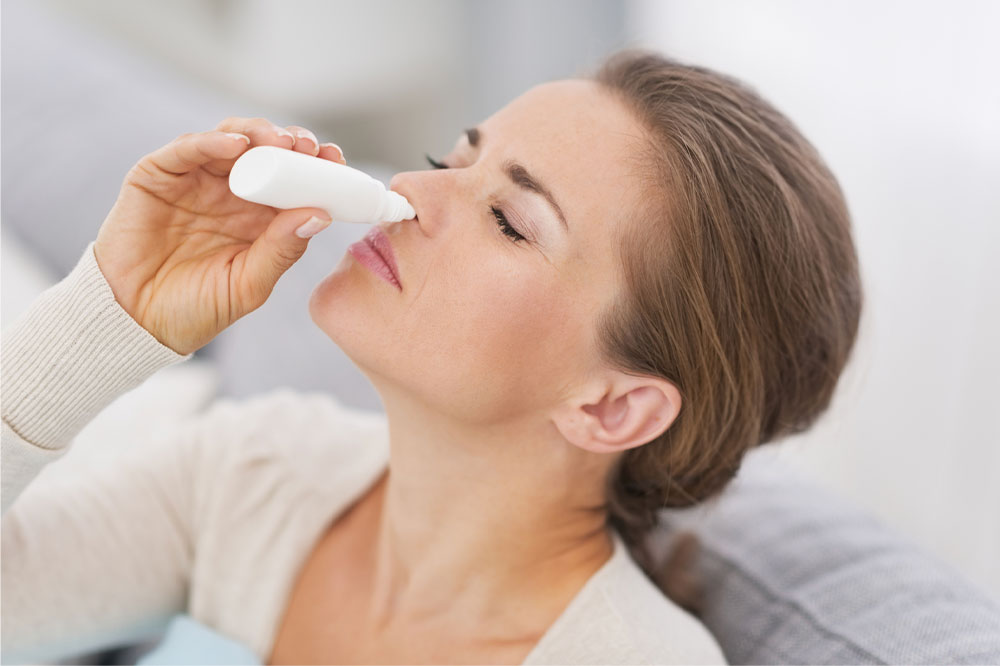Comprehensive Guide to Eyelid Inflammation: Recognizing Symptoms, Exploring Treatments, and Implementing Effective Prevention Strategies
Eyelid inflammation is a common skin condition with symptoms like redness, itching, and swelling. This comprehensive guide covers causes, symptoms, treatments, and prevention tips to help manage and reduce flare-ups effectively. Understanding triggers and adopting proper skincare routines are essential for long-term skin health around the eyes. Early diagnosis and appropriate medical care can prevent complications and improve quality of life. Whether dealing with allergic, irritant, or chronic eyelid dermatitis, this article offers valuable insights for effective management and prevention.

Comprehensive Guide to Eyelid Inflammation: Recognizing Symptoms, Exploring Treatments, and Implementing Effective Prevention Strategies
Eyelid inflammation, medically referred to as eyelid eczema or periocular dermatitis, is a common skin condition affecting many individuals worldwide. It manifests as irritation and inflammation around the eyelids, often caused by allergic reactions, irritants, or physical trauma. While it can be uncomfortable and sometimes alarming, understanding its causes, symptoms, and management options can significantly improve quality of life. This detailed guide aims to provide an in-depth overview of eyelid inflammation, emphasizing effective treatment options, preventive measures, and tips for controlling outbreaks.
Most cases are manageable with proper skin care and lifestyle adjustments. Although eyelid dermatitis is not classified as a permanent or life-threatening condition, persistent or severe cases should always be evaluated by healthcare professionals for appropriate diagnosis and tailored treatment plans. Early recognition and intervention can prevent chronicity, reduce discomfort, and diminish the likelihood of recurrent episodes.
Understanding the Causes and Types of Eyelid Inflammation
Eyelid inflammation arises from various causes. Allergic contact dermatitis occurs when the skin reacts to allergens such as cosmetics, perfumes, or environmental pollens. Irritant contact dermatitis results from exposure to harsh chemicals or physical irritants like soaps, cleansers, or pollutants. Additionally, chronic conditions such as atopic dermatitis or seborrheic dermatitis can also affect the eyelids, contributing to ongoing inflammation.
Understanding the specific type of eyelid dermatitis helps tailor the treatment approach. For example, allergic reactions typically involve immune system hypersensitivity, while irritant dermatitis is caused by direct skin exposure to harmful substances. Identifying triggers through allergy testing or patch testing may be recommended by healthcare providers to find specific sensitivities.
Recognizing the Symptoms of Eyelid Inflammation
Early detection of eyelid inflammation hinges on recognizing key signs and symptoms, which often vary depending on the severity and underlying cause. Common symptoms include:
Redness and swelling of the eyelids
Itching or burning sensation around the eyes
Skin scaling, dryness, or flaking
Presence of blisters or crusting
Discomfort or irritation, occasionally with a sensation of grittiness or foreign body sensation
In some cases, mild to moderate discomfort may escalate to pain or increased sensitivity to light
Persistent symptoms, especially if they worsen or do not respond to initial treatments, warrant prompt consultation with an eye specialist or dermatologist to prevent complications and confirm the diagnosis.
Effective Treatment Strategies for Eyelid Inflammation
Managing eyelid inflammation involves a combination of topical medications, lifestyle modifications, and avoidance of triggers. The primary goal of treatment is symptom relief and prevention of flare-ups. Here are some key approaches:
Topical corticosteroids: These anti-inflammatory creams or ointments are often prescribed for short-term use to reduce swelling, redness, and itching. Due to potential side effects like skin thinning, their use should be carefully monitored and limited to the shortest duration necessary.
Calcineurin inhibitors: Non-steroidal creams such as tacrolimus or pimecrolimus are effective alternatives for sensitive areas like the eyelids, providing immune modulation without the risks associated with steroids.
Moisturizers and emollients: Frequent application of gentle, fragrance-free moisturizers helps soothe irritated skin, restore the skin barrier, and reduce itching and scratching. These also prevent secondary bacterial infections.
Antihistamines: Oral or topical antihistamines can help alleviate itching, especially if allergies are contributing to eyelid dermatitis.
For chronic or severe cases, healthcare providers may prescribe oral corticosteroids or specialized immune-modulating medications, but these should always be used under medical supervision. Additionally, treating underlying conditions such as allergies or atopic dermatitis can significantly improve outcomes.
Identifying and Avoiding Triggers to Reduce Flare-Ups
Avoidance of known triggers is crucial for long-term management. Common irritants and allergens include:
Cosmetics, especially mascara, eyeshadows, or eyelash adhesives
Perfumes and scented skincare products
Certain eye drops or contact lens solutions
Harsh soaps, facial cleansers, or shampoos
Environmental pollutants and airborne allergens such as pollen or dust
Physical irritants like wind or exposure to heat and cold
Practical steps to minimize exposure include switching to hypoallergenic or fragrance-free products, avoiding sharing cosmetics, and using goggles or protective glasses in polluted or windy environments. Maintaining good eyelid hygiene is another cornerstone of prevention, involving gentle cleansing, avoiding excessive rubbing, and keeping the eyelid area clean and dry.
Preventive Tips and Lifestyle Modifications
Preventing eyelid dermatitis recurrence involves adopting appropriate skincare routines and lifestyle habits:
Regularly clean eyelids with gentle, soap-free cleansers or specialized eyelid wipes to remove debris and allergens
Avoid scratching or rubbing the eyes to prevent skin breakdown and secondary infections
Use cool compresses to soothe inflamed eyelids and reduce swelling
Apply a moisturizer suited for sensitive skin frequently to maintain hydration and strengthen the skin barrier
Wear protective eyewear in windy or polluted environments
Limit exposure to potential irritants like hair dyes, harsh cleaners, or outdoor pollution
Follow a balanced diet rich in anti-inflammatory foods and stay well-hydrated
Consistently following these habits can substantially reduce the frequency and severity of flare-ups, leading to healthier eyelid skin over time.
When to Seek Medical Attention
While mild eyelid dermatitis can often be managed at home with proper skin care, persistent or worsening symptoms should prompt medical consultation. Signs that require professional evaluation include:
Severe swelling or redness beyond the eyelids
Blistering, open sores, or signs of infection (pus, increased pain)
Signs of vision changes or eye pain
Recurrent episodes despite treatment
Early diagnosis and targeted treatment can prevent complications, protect vision, and improve overall comfort. An ophthalmologist or dermatologist can perform allergy testing, suggest appropriate prescription medications, and provide personalized advice to manage the condition effectively.
Conclusion
Eyelid inflammation, though common, can significantly impact daily comfort and quality of life. Recognizing early symptoms, avoiding triggers, and adhering to effective treatment plans are essential steps toward managing this condition. While it may require ongoing care and lifestyle adjustments, most cases can be controlled with proper medical guidance and careful skin care routines. Seeking professional help early ensures accurate diagnosis and minimizes the risk of chronicity, enabling sufferers to maintain healthy, irritation-free eyelids and enjoy clearer vision and improved skin health over time.





